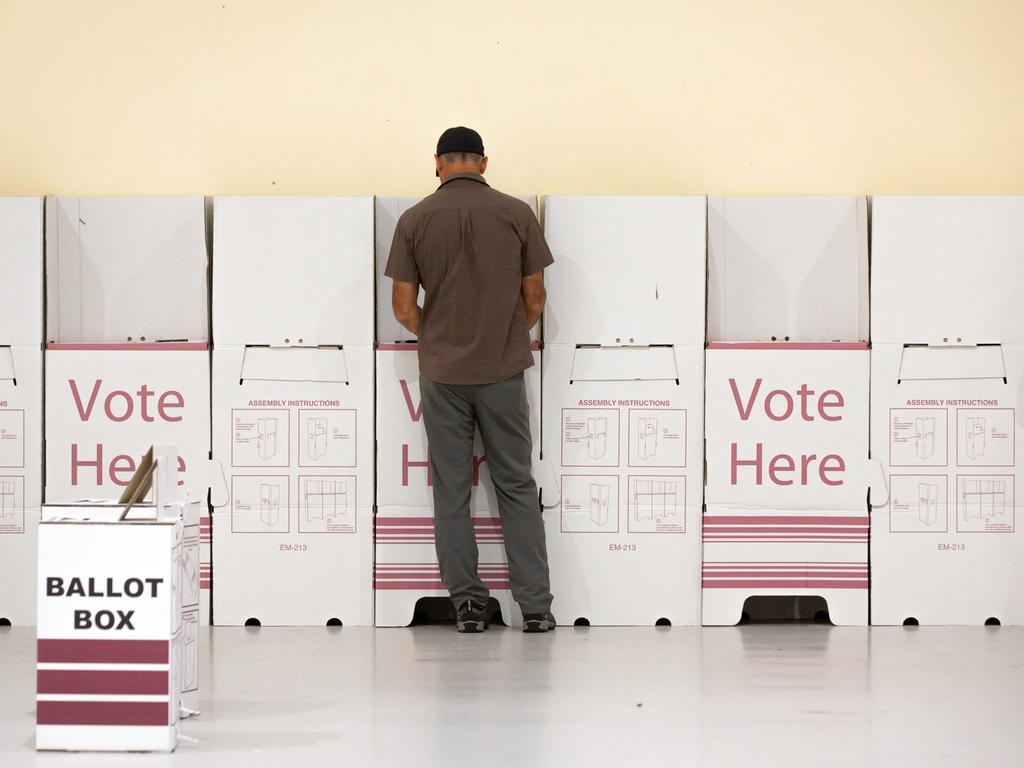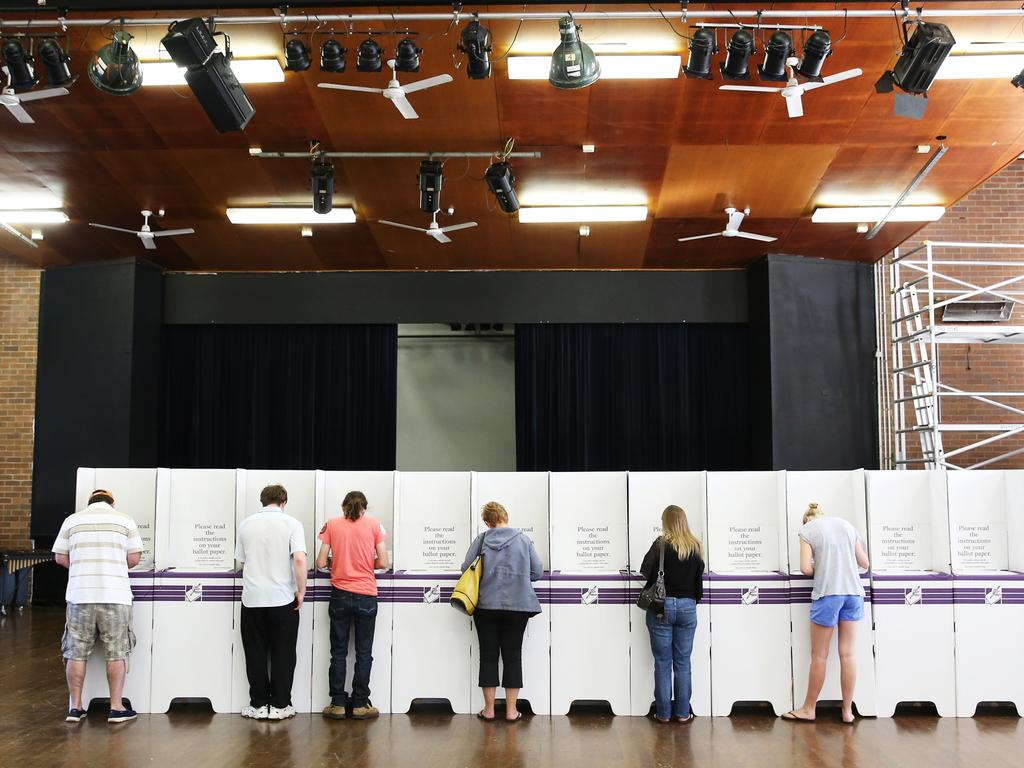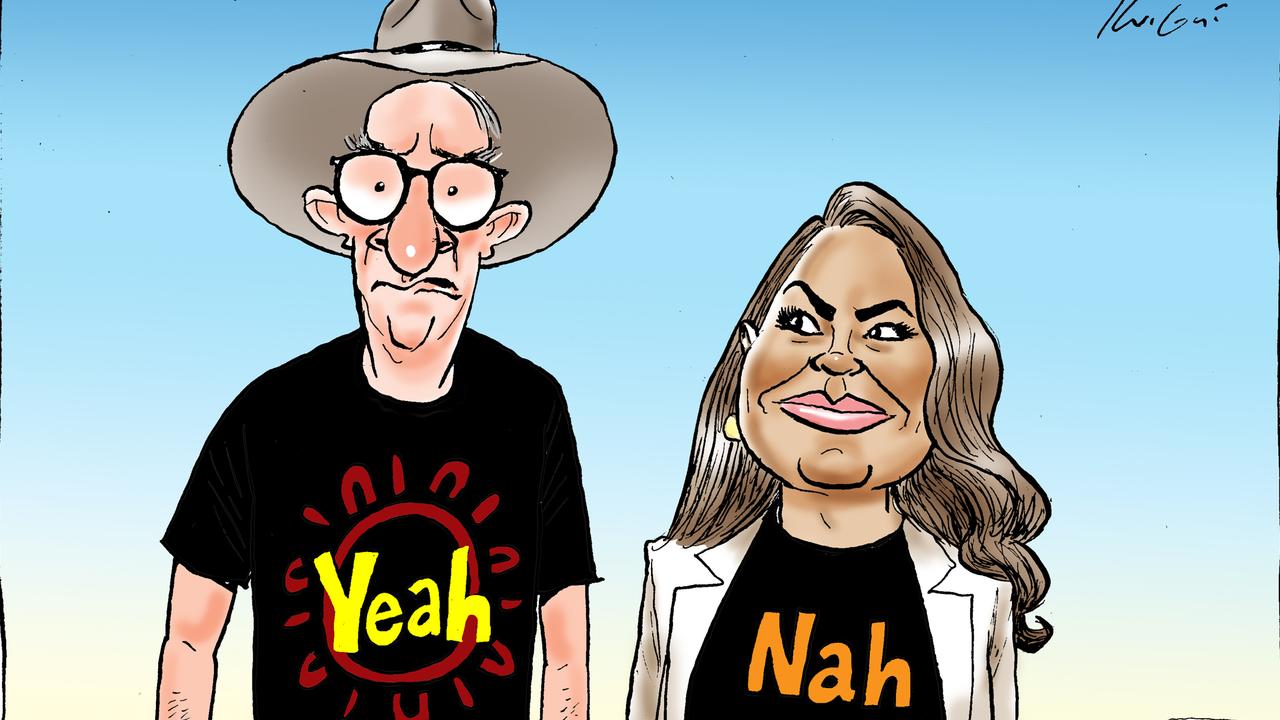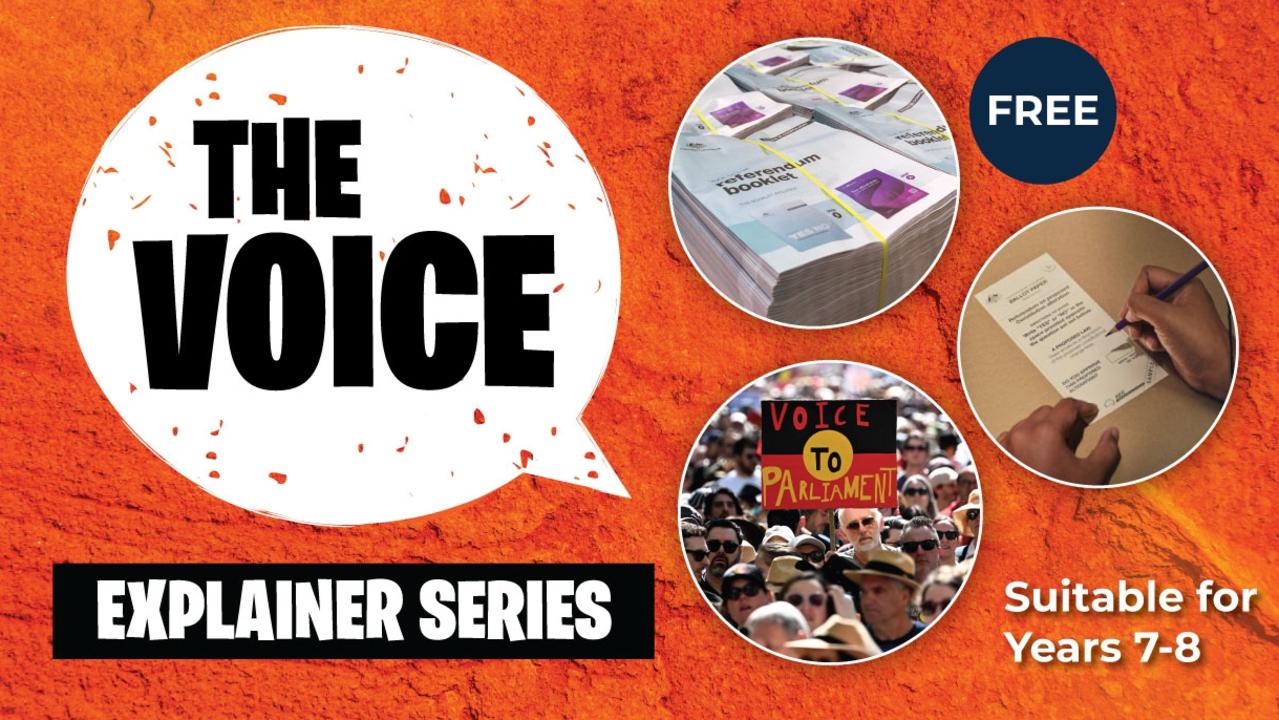What happens on October 14 as Australia votes on the Voice?
Part 7: Australians have heard both sides of the Voice debate for months – now it all boils down to what happens on the day

READING LEVEL: RED
Australians have heard both sides of the debate – now it is time to choose. And what will happen if the Yes vote wins, or the No vote wins? Let’s take a closer look at the issues.
WHAT ARE AUSTRALIANS VOTING ON?
Once at the polling* booth, registered voters will be handed a ballot* paper with the proposed alteration to the Constitution* on it. They have to answer YES or NO to the following question:
“A proposed law: to alter the Constitution to recognise the First Peoples of Australia by establishing an Aboriginal and Torres Strait Islander Voice, do you approve of this proposed alteration?”

If the Yes vote wins, a new Chapter IX* would be inserted at the end of the Constitution, saying:
“In recognition of Aboriginal and Torres Strait Islander peoples as the First Peoples of Australia:
(i) there shall be a body, to be called the Aboriginal and Torres Strait Islander Voice;
(ii) the Aboriginal and Torres Strait Islander Voice may make representations* to the Parliament and the Executive Government of the Commonwealth on matters relating to Aboriginal and Torres Strait Islander peoples;
(iii) the Parliament shall, subject to this Constitution, have power to make laws with respect to matters relating to the Aboriginal and Torres Strait Islander Voice, including its composition*, functions, powers and procedures.”

WHO HAS TO VOTE?
• It is compulsory* for every Australian citizen aged over 18 to vote.
• They can only vote once.
• If eligible* Australians fail to vote without a valid reason, they may be fined $20.
HOW DO THEY MAKE SURE THEIR VOTE COUNTS?
They need to indicate their vote by clearly writing YES or NO in the box.
They must not use symbols such as a tick or cross.
WHEN AND WHERE DO THEY VOTE?
The referendum will be held on Saturday, October 14.
Thousands of polling booths will open from 8am-6pm local time. Similar to election day, booths will be set up at local schools, halls and churches.
Locations will be stated on the Australian Electoral Commission* website.
It is also possible for voters to vote up to two weeks before polling day, or outside their electorate* on the day. Valid reasons include:
• Being more than 8km from a polling place
• Travelling
• Being unable to leave their workplace to vote on voting day
• Being seriously ill, infirm* or due to give birth shortly (or caring for someone who is)
• Being treated in hospital and unable to vote at the hospital
• Having religious beliefs that prevent them from attending a polling place
• Being in prison serving a sentence of less than three years or otherwise detained*
• Being a silent elector*
• Having a reasonable fear for their safety or wellbeing
If they’re interstate on the day and need to cast their vote, voters need to visit a designated* interstate voting centre.

CAN THEY VOTE ONLINE?
No. There is no legislation* to provide for this option.
HOW AND WHEN DO WE KNOW WHO WINS?
For the Voice to Parliament to succeed, there must be a double majority – a national majority of Yes votes and a majority in at least four of the six states.
All votes from polling booths will be counted on the night, as will pre-poll votes and those postal votes already received.
This means we should have a reasonable idea of the result that night unless it is very close.
In that case, we would need to wait until all postal votes are counted and because all votes are counted twice to double-check the result, that could take weeks.

WHAT HAPPENS IF THE YES VOTE WINS?
Parliament – including the Government, Opposition* and crossbenchers* – will be asked to finalise details and functions of how the Voice will operate.
The Australian Government received recommendations that the Voice committee be made up of 24 members representing a broad section of the Indigenous population, including equal gender representation.
Two members would be allocated from each state and territory.
WHAT HAPPENS IF THE NO CAMPAIGN WINS?
If the double majority is not met, no change will be made to the Constitution.
No campaigners* have said they will make use of existing bodies and see what is working and what is not when it comes to assisting disadvantaged* Indigenous peoples.
Opposition Leader Peter Dutton has pledged* to hold a second referendum if the Coalition* wins the next election, to allow Australians to vote solely on the issue of constitutional recognition of First Nations Peoples.
Please note this is an explainer series – curriculum-aligned classroom activities written by our teachers appear below; there is no separate workbook as in a Kids News Education Kit.
POLL
GLOSSARY
- polling: the act of voting in an election
- ballot: a system or occasion of secret voting
- Constitution: set of political principles by which a state or organisation is governed
- IX: the number nine in Roman numerals
- representations: people or organisations that speak, act or officially present for someone else
- composition: the way in which the parts of something are put together
- compulsory: mandatory, must be done because of a rule or law
- eligible: qualified to participate or be chosen
- Australian Electoral Commission: the independent federal agency responsible for managing Australia’s federal elections
- electorate: geographically defined area represented by a single elected member of parliament
- infirm: frail, weak, needing care
- detained: held, kept, forced someone to stay in a particular place
- silent elector: a special category of enrolment showing a person’s name but no address on the electoral roll
- designated: when someone or something has been chosen for a special job or purpose
- Opposition: the other major political party that is not in power
- crossbenchers: independent or minor party members of parliament who are not members of the government or the Opposition
- campaigners: people who take part in organised activities to try to create social or political change
- disadvantaged: not having access to what others have, like money, education, housing and medical care
- Coalition: two or more political parties working together to win an election or govern; in Australia the Liberals and the Nationals have formed the longest-running coalition in parliament
EXTRA READING
About the Uluru Statement from the Heart
Indigenous Australians’ history and culture
QUICK QUIZ
- Who has to vote in the Voice referendum?
- Can Australians vote online?
- What are at least three valid reasons for Australians voting early or outside their electorate?
- How must voters clearly indicate their vote on their ballot and what must they avoid?
- What is a double majority and why is it so important in a referendum?
LISTEN TO THIS STORY
CLASSROOM ACTIVITIES
1. Voting information cards
When adults go to vote in elections, all the different political parties hand you voting information cards of how and why you should vote for their party.
With the referendum fast approaching on October 14th, design your own voting information card showing people how to vote the way you want them to.
Your card should include whether they should vote Yes or No, which box to tick and the reasons why you think they should vote that way.
Your cards should be informative without too much detail, clear and easy to read and stand out in design.
Compare your vote cards with your classmates. Share with your family at home.
Time: allow 25 minutes to complete this activity
Curriculum Links: English, History, Civics and Citizenship, Personal and Social, Critical and Creative Thinking
2. Extension
Why is it compulsory for every Australian over 18 to vote in elections and referendums?
Do you think it should be up to each individual to decide whether they want to vote or not?
If it wasn’t compulsory, how might that affect election and referendum results?
Time: allow 10 minutes to complete this activity
Curriculum Links: English, History, Civics and Citizenship, Critical and Creative Thinking
VCOP ACTIVITY
I spy nouns
Nouns are places, names (of people and objects), and time (months or days of the week).
How many nouns can you find in the article?
Can you sort them into places, names and time?
Pick three nouns and add an adjective (describing word) to the nouns.


